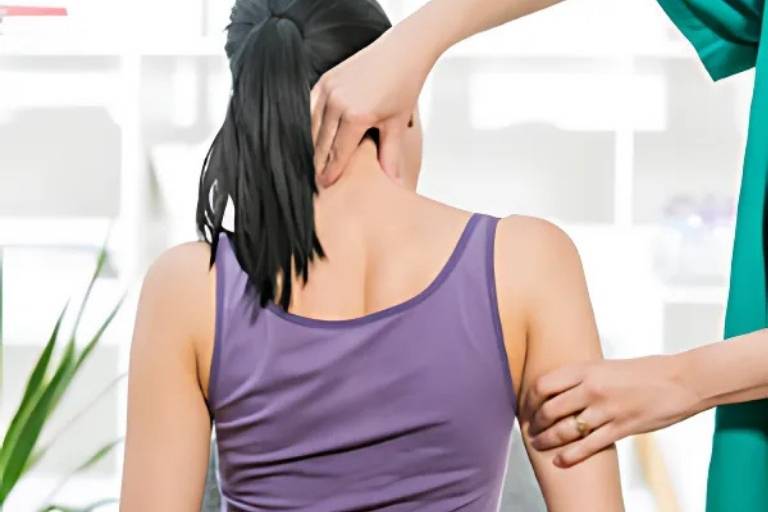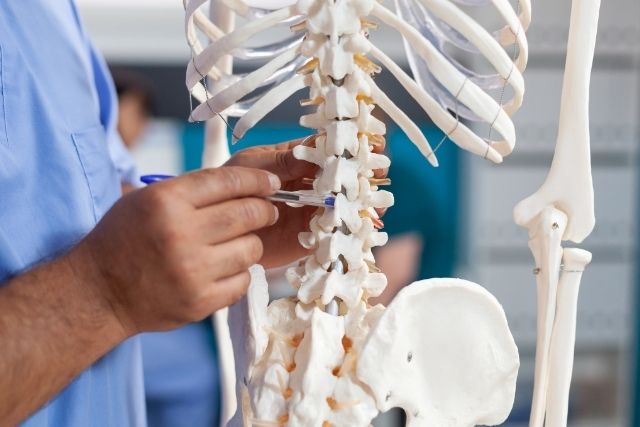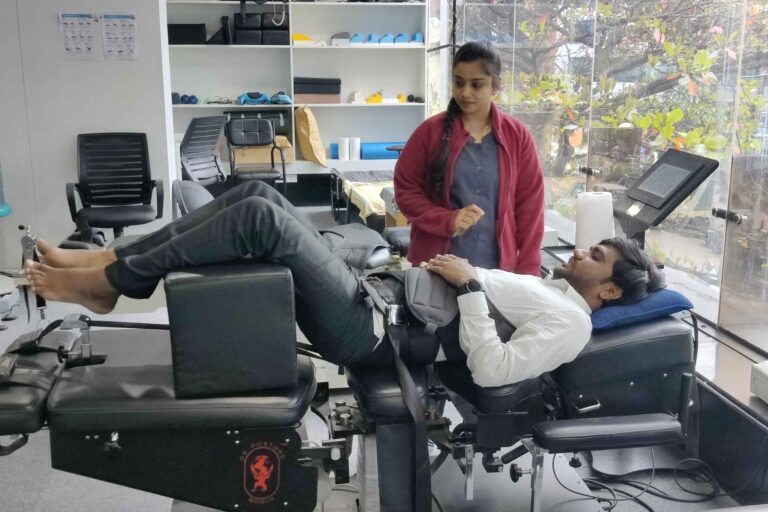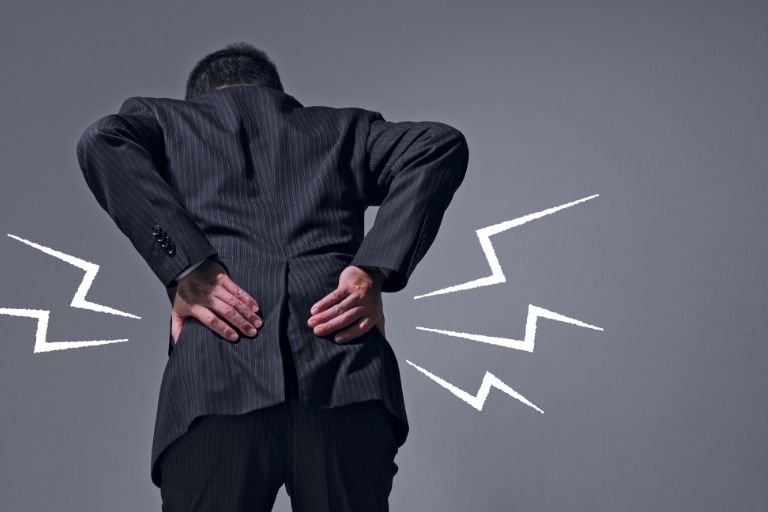Masakit ang Balikat! During one of his business trips, Paul hurt his shoulder while lifting heavy luggage. Like most men, Paul thought the problem was just a minor thing. You know the expression: “Maybe it will go away.” So months later the shoulder hurt every day with various activities. Shoulder pain is a common complaint expressed to the Doctor of Chiropractic during a spinal evaluation. There are three categories of shoulder pains:
- Joint problems
- Peripheral soft tissue injuries
- General discomfort or tension
The most common of these is the third group: general tension. We complain of general shoulder pain by describing a tightness or tension across the upper back extending to one or both shoulders. These are spinal and posture problems, not true shoulder conditions.
Stress (mental) and poor posture (physical) create tension in the large Trapezius muscles that start at the base of the skull down to the middle of the spine between the shoulder blades and then attach to the back part of the shoulder joint. Exercise and improved posture can resolve these complaints. Often, underlying spinal misalignments can cause increased tension or spasms of these muscles so exercise and better posture will only produce partial or temporary improvements. Only a spinal evaluation by a Chiropractic Specialist will give insight into these problems.
The next shoulder pain category involves the muscles, tendons, and bursa located around the shoulder. Rotator Cuff tendonitis, tears, or strain are caused by injuries to the shoulder mechanism. A proper evaluation of the shoulder reveals that either bursitis or tendonitis is the cause of shoulder pain and restricted range of motion. Physical therapy and rehabilitation can provide much help but occasionally surgery is required; especially with traumatic injury resulting in tissues tearing or rupturing. Pre-existing neck conditions may make the shoulder problem worse as nerves from the neck supply the shoulder.
Arthritis of the shoulder, frozen shoulder syndrome, and capsulitis of the shoulder are conditions that directly involve the shoulder joint (ball & socket). Many times this is the result of failure to treat the shoulder when it was externally involved but lack of normal shoulder usage over extended periods produces degenerative changes. Not much can be done to cure things at this stage, but restoration of function and mobility can be more or less achieved. Manipulation under anesthesia and cold laser therapies are just some examples of options to treat a frozen shoulder and adhesive capsulitis.
Proper treatment of the shoulder, in particular, requires the correct assessment and diagnosis, or treatments will not be very effective.
If you liked this post, say thanks by sharing it! Hac habitasse platea dictumst quisque sagittis purus sit amet.






